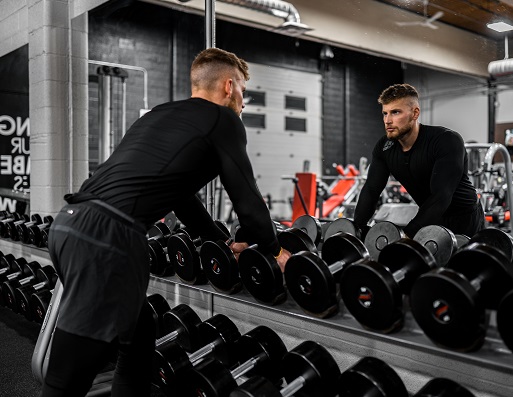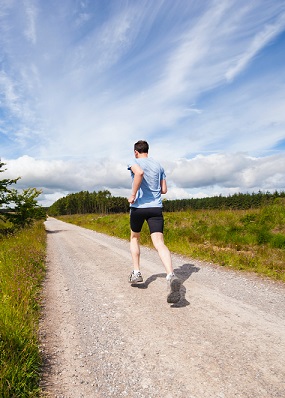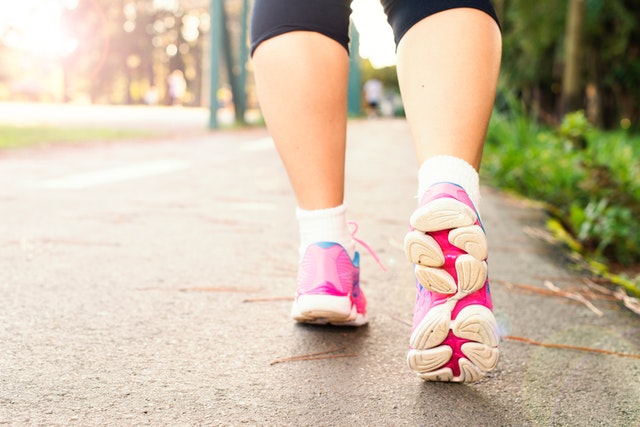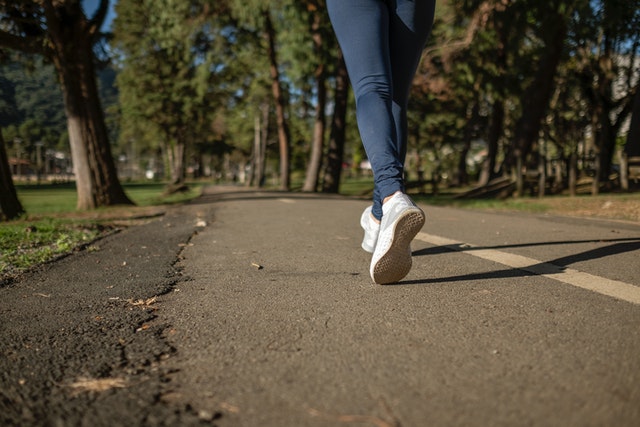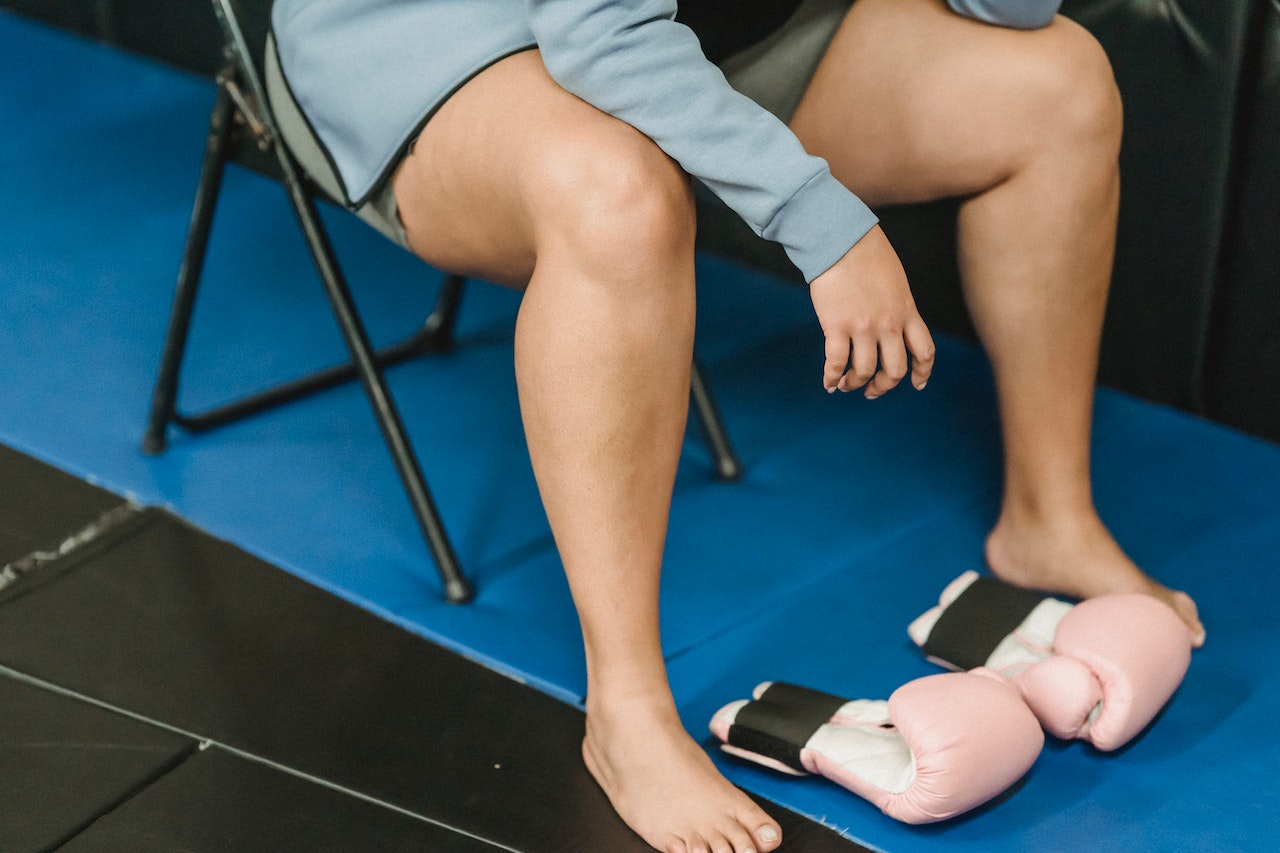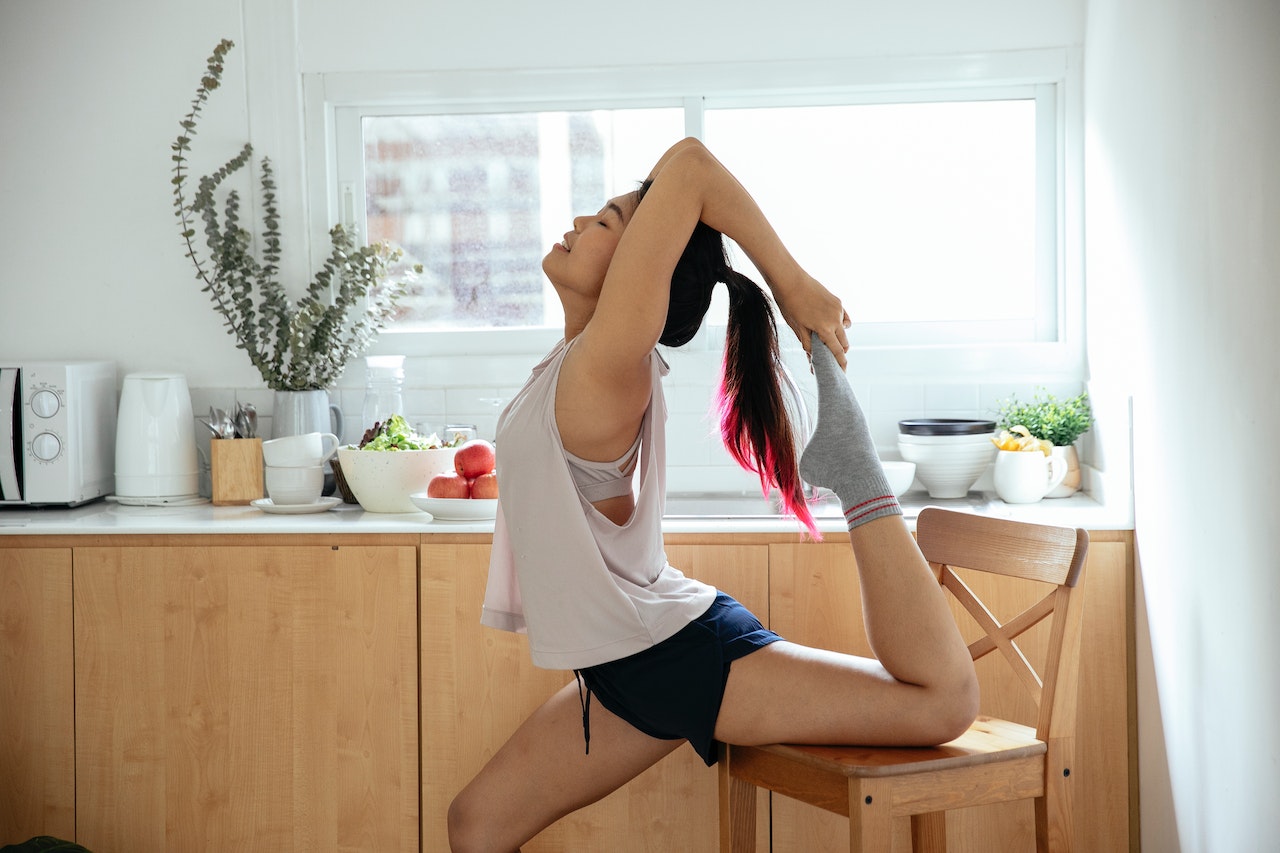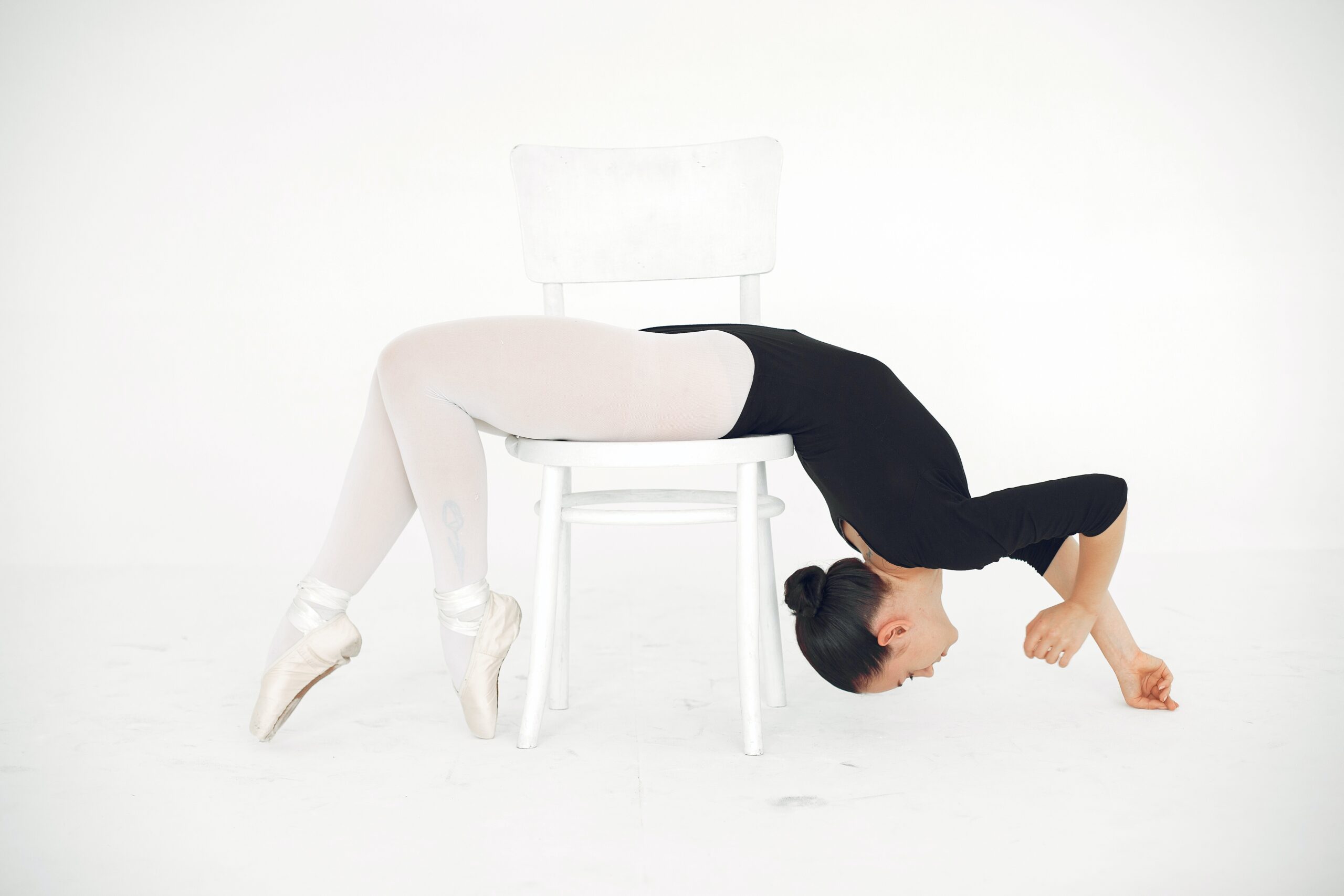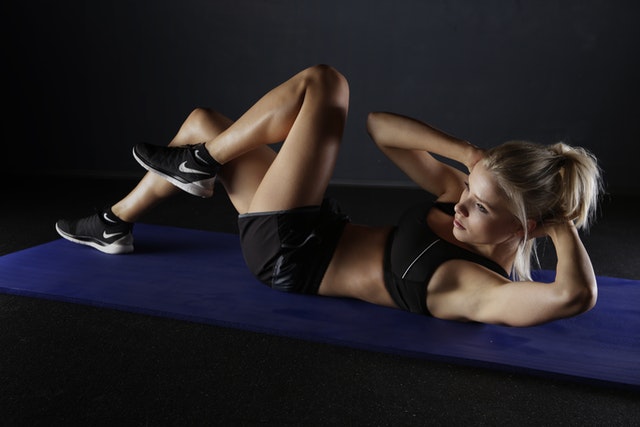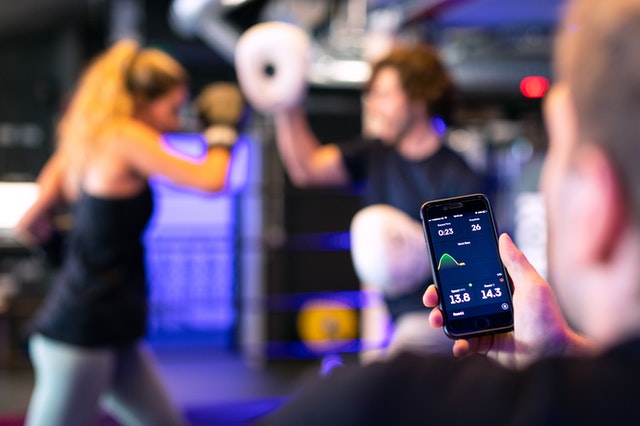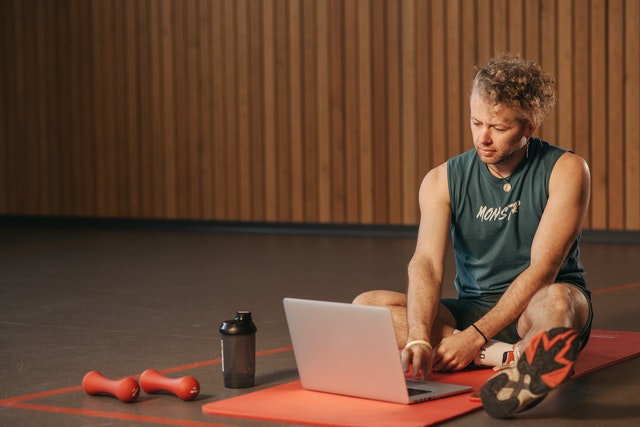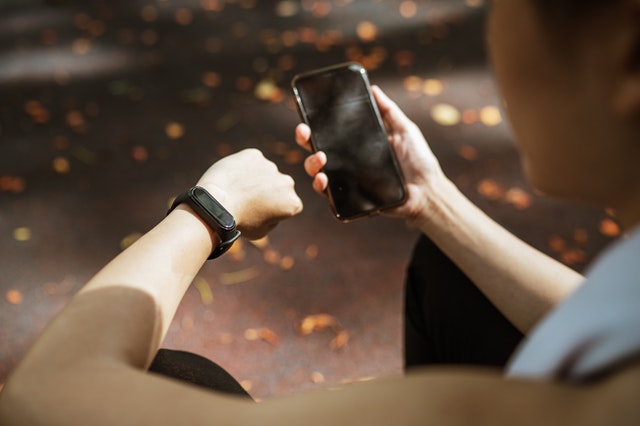Walking into a gym is often intimidating, especially for a newb. To a beginner, there is nothing more frightening than the weight section, the place where all the muscled-up bods are flexing and grunting away, showing off their skill and physique. While this section of the gym can seem intimidating, it is also where you get lean and build muscle mass. In other words, it is the area of the gym that provides the most advantage to getting in the shape you want.
The weights section is not reserved for people with 0% body fat or who could win a Mr. or Ms. Universe pageant. It is an area for all gym members. Instead of fearing the section, embrace its potential. To embrace it, though, you need to understand where the fear comes from. For most people, the fear stems from believing they don’t belong or will make a mistake.
First, you absolutely belong; a gym is a space for all genders and body types. Second, you will probably do something wrong, but nothing bad is going to happen. You can’t expect to get everything right when trying something new. However, to help you minimize risks and optimize your odds of success, follow the straightforward four-step plan for overcoming your fear of the weight room.
1. Don’t Be Afraid to Ask for Help

The key to squashing your fear is to remember that everyone started where you are now. Sure, they might look like professionals now, but think about where they were years ago. Additionally, despite the intimidating physiques, most people at the gym are friendly and willing to lend a hand to a fellow member in need.
If you are unsure how to do an exercise or which exercise is best for legs, chest, back, or whatever, ask someone in the weights area. Most people will happily offer advice. However, even if the first person you ask is not that friendly, try the next. No harm will come to you, promise.
2. YouTube Is Good for More Than Cat Videos

If you want to get serious about lifting weights, check out YouTube for instructional videos. Many channels are dedicated to beginners, showing the proper form and techniques of several popular free-weight exercises. Many YouTube instructors will even talk about variations of specific exercises so you can focus on building the fundamentals before getting into heavyweights. However, make sure you check out the person’s qualifications to avoid bad advice.
3. Work With a Trainer
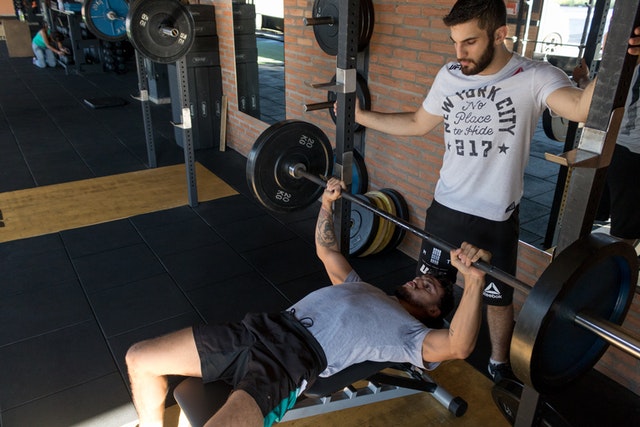
A personal trainer is an investment. Some people cannot afford a trainer right away, or they can’t justify the expense. However, when you can afford one, it is money well-spent. A trainer or teacher can help you develop a comfort level with the weight room. They will also help you design a routine for your body and capabilities. Remember, you do not have to keep a trainer forever; it is a temporary expense.
4. Remember, Your Experience Is a Shared Experience
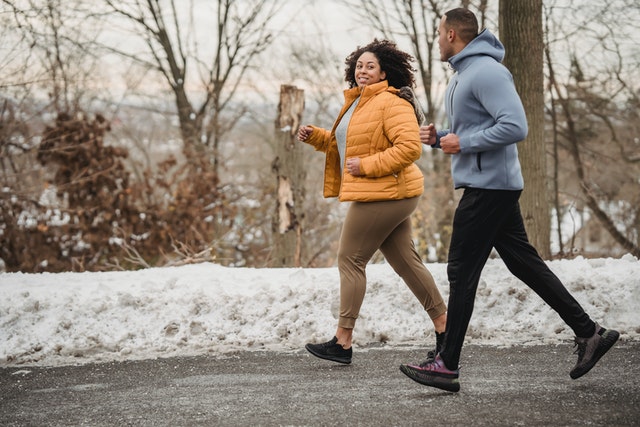
Every bodybuilder, weightlifter, or average lean Joe started where you are starting. You cannot build muscle and a healthy exercise habit without embracing the weight room. Instead of shying away from the weights, look at yourself in the mirror and tell yourself you belong. Sometimes, a bit of self-motivation can go a long way.
The weight room is an intimidating place for most newbies, but you can get over your fear with practice, preparation, and knowledge. How did you overcome your fear of the weight room?

